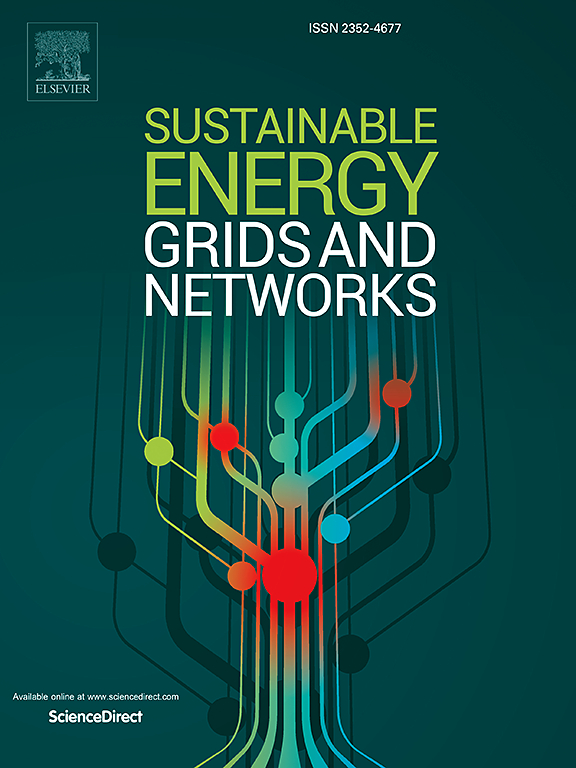Two-layer eco-driving approach of connected hybrid electric vehicles by convex optimization via signalized intersections
IF 4.8
2区 工程技术
Q2 ENERGY & FUELS
引用次数: 0
Abstract
Developing a sophisticated energy-management-centered eco-driving method can significantly boost the driving economy of vehicles. However, current optimization methods for hybrid electric vehicles (HEV) in multi-traffic-light scenarios still have room to improve energy-saving optimality and computational efficiency. Hence, this paper proposes a two-layer convex approach for the eco-driving of connected HEVs at signalized intersections. In the upper layer, a convex motor-power model is built, and a position constraint within the green-light time window is decided using traffic light information and signal phase-and-timing data. Then, a convex velocity-planning problem to minimize motor energy consumption is formulated and efficiently solved. In the lower layer, the engine's optimal operating line and unified battery-power constraints are introduced, and a series of convexification steps are performed. This enables the establishment of a convex-optimization energy management problem for minimizing fuel consumption, facilitating fast solution. Results show that the proposed method can effectively manage multi-signal scenarios, allowing vehicles to pass through green lights and avoid red-light waits. Regarding motor energy and fuel consumption, it achieves near-optimal results, with a deviation of less than 2 % from the global optimum. The optimization takes only about 1 s (around 1/24000–1/6 to comparative methods’), indicating high computational efficiency.
求助全文
约1分钟内获得全文
求助全文
来源期刊

Sustainable Energy Grids & Networks
Energy-Energy Engineering and Power Technology
CiteScore
7.90
自引率
13.00%
发文量
206
审稿时长
49 days
期刊介绍:
Sustainable Energy, Grids and Networks (SEGAN)is an international peer-reviewed publication for theoretical and applied research dealing with energy, information grids and power networks, including smart grids from super to micro grid scales. SEGAN welcomes papers describing fundamental advances in mathematical, statistical or computational methods with application to power and energy systems, as well as papers on applications, computation and modeling in the areas of electrical and energy systems with coupled information and communication technologies.
 求助内容:
求助内容: 应助结果提醒方式:
应助结果提醒方式:


